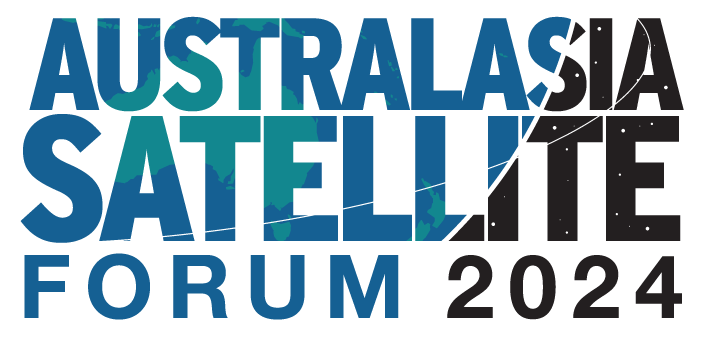|
Australian mobile firm claims
world-first for native SMS over satellite NTN
Australian mobile network
specialist Omnitouch and US satellite data provider
Skylo have claimed a world-ϐirst with a successful trial
of non-terrestrial network-enabled send and receipt of
native SMS.
Messages were sent between Skylo’s
California-based ofϐice and standard mobile phones in
Australia, India, Finland, and the United States in a
proof of concept demonstration with Omnitouch, the
Victorian based niche integra[1]tor.
Omnitouch has designed and operates mobile networks in
such discrete geographies as Christmas Island, Norfolk
Islands and the Aleutian archipelago.
The demonstration combined standard
mobile SIM cards and the Skylo 3GPP Rel-17
standards-based network.
“We set up standard roaming between
the Omnitouch mo[1]bile
core in Sydney and the Skylo core network in the US and
Europe, like we would for any other operator we’re
roaming with, then posted out a bunch of SIMs to the
different Skylo folks around the globe, who put our SIMs
into their devices and were able to send SMS as if they
were inside our coverage, except they were roaming onto
Skylo’s satellite service,” said Omnitouch founder and
director Nick Jones.
“The home subscriber server in this
case is based in Sydney, the one that we have for
Norfolk, and we’ve built a link over a roaming hub,
which is a cross connect essentially, into the Skylo
network, and then the Skylo Mobility Management Entity.
When the Omnitouch SIM tries to connect to the Skylo
network, the Skylo network sends a request to the HSS in
Sydney, which authenticates the SIM and then, boom, off
we go.”
Skylo is a Californian-based ϐirm
formed by Stanford and MIT aerospace specialists which
is deploying a standards-based global messaging and data
network using GEOsats. The firm has partnered with
satellite providers including Inmarsat and ViaSat, and
last month, raised US$37 million in investment from
Intel Capital, Innovation Endeavors and others.
Jones told CommsDay that while
LEOsats attracted all the headlines, GEOsats were a
perfectly viable and attractive medium for the service.
“There’s a long track record right the way from Telstar
and Sputnik of this being a proven technology,” Jones
said.
“Nothing’s being launched to
support this. No one’s putting up rockets, nothing’s
going to blow up on a launch pad, it’s already there.
It’s using existing satellites from existing satellite
providers.”
“We’re finding more capacities
freed up on geostationary links as well,” he observed,
alluding to the migration of usage to LEOsat and
terrestrial wireless networks as their coverage
increases.
While the initial proof of concept
is confined to SMS, Jones said this should not be
underrated. “It’s not high throughput data, but for a
lot of applications, if the cell tow[1]er
is out and you only have SMS, or if you’re somewhere
where there isn’t coverage, SMS can still make a whole
world of difference. It’s something that we’re pretty
excited about.”
As for Omnitouch, Jones said the
SMS functionality would be pow[1]erful
for mobile sub[1]scribers
on its own net[1]works.
“Literally, if you just want to go on a re[1]ally
long ϐishing trip you’ll be covered,” he joked to
CommsDay.
Omnitouch positions itself as a
“mobile network-as-a-service provider.”
“This was born out of the fact that
we saw lots of different operators saying, we’ve taken
parts from vendor X, Y and Z, can someone stitch it
together Over time we just ended up creating all the
different components that we needed in a tried and
tested fashion that we knew scaled to meet the needs of
these operators and that we could offer as a turnkey,
encompassing solution from everything, from the RAN,
which we partner with Nokia for, to the core and the
charging that we develop, to the SIM cards, to the
connections, to the international roaming hubs,” Jones
said. “We provide a turnkey solution for everything that
you need to run a mobile network.”
This included the CiFi network in
Christmas Island and the Norfone mobile network
currently being deployed in Norfolk Island, as well as
network design and deployment for Optimera, in the
Aleutian Islands, and what Jones estimated is a total of
some 30 niche island networks all up.
The Christmas and Norfolk Island
networks have been partly funded by Federal Government’s
Regional Connectivity Program funds.
“Weird cellular is probably a good
description of what we do,” Jones quipped.
“Cellular where no one else will
go.”
Grahame Lynch, CommsDay
Australasia Satellite
Forum 2024
Fullerton Hotel, Sydney
3-4 June 2024
TWO FULL DAYS - Where Satellite Leaders Speak!
Over 50 Top Quality Speakers
>>>

Fullerton Hotel, Sydney
3 & 4 June 2024
SAVE
THE DATE
|
